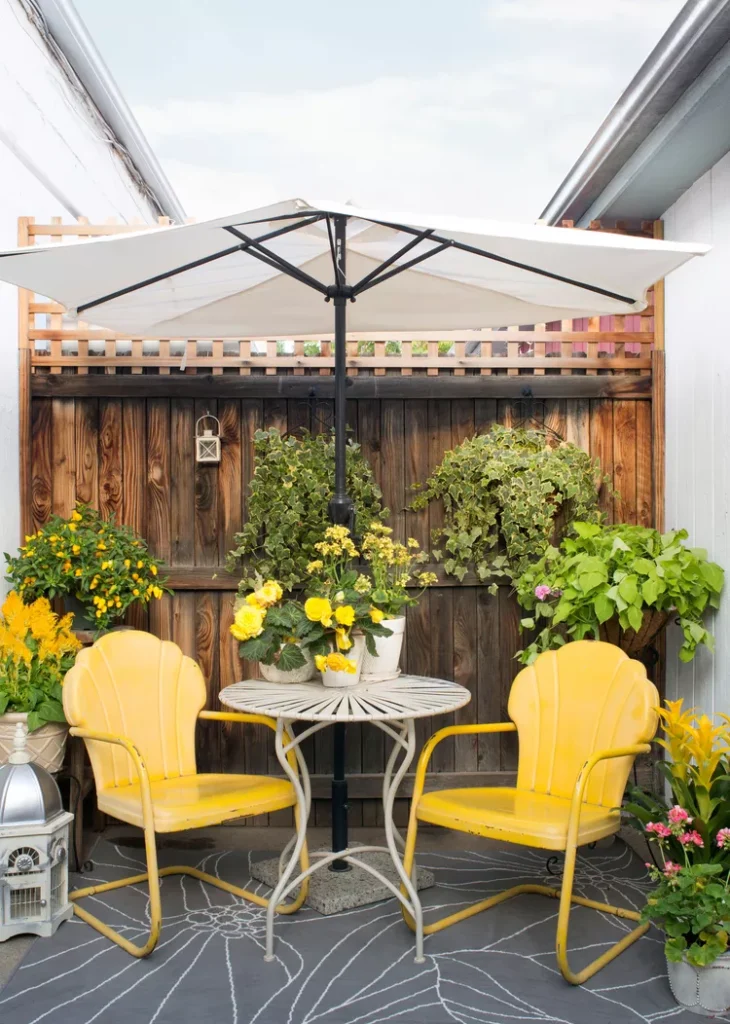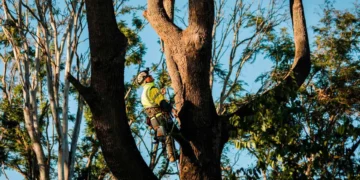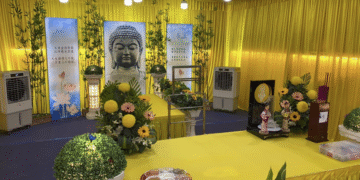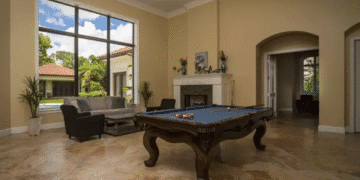Creating Your Own Backyard Retreat Without Breaking the Bank
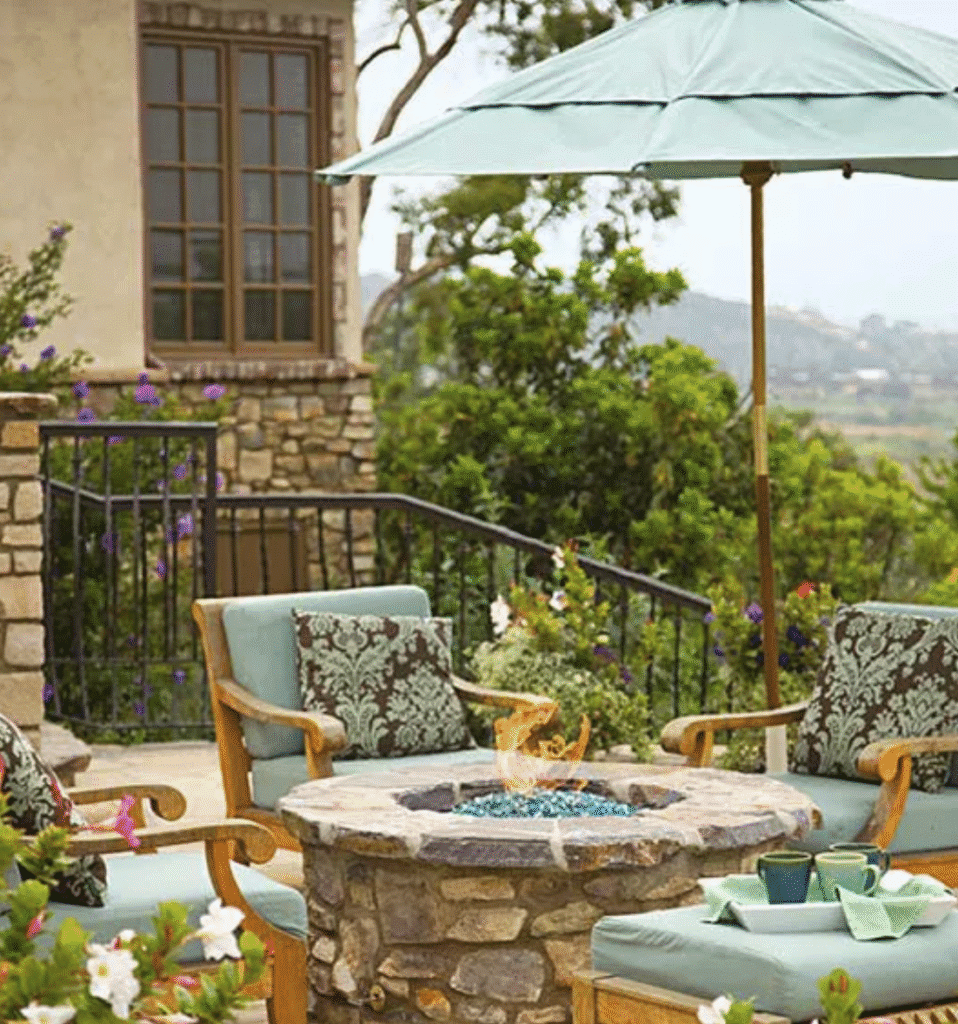
Most people think having a peaceful escape means spending thousands on spa weekends or fancy vacations. But here’s something most folks don’t realise – your backyard can become that perfect retreat spot without emptying your wallet. You need to know where to focus your efforts and which shortcuts actually work. Here are ways to Creating Your Own Backyard Retreat Without Breaking the Bank.
Getting the Seating Right First
Before anything else, you need places where people actually want to sit and stay. This sounds obvious, but so many backyards have uncomfortable plastic chairs that make you want to go inside after ten minutes. You don’t need to buy expensive patio sets either.
Old wooden chairs from garage sales work great once you add some cushions. Even indoor furniture can work outside if you cover it during bad weather. The trick is making sure whatever you choose feels comfortable enough that you forget about it and just relax.
Building a simple circle of seating around where you might put a fire pit changes everything. People naturally gather around fires, and having good seating ready makes your space feel intentional rather than thrown together.
Adding Real Warmth and Relaxation

Fire pits help, but if you really want to create something special, water and heat together make all the difference. Most people assume hot tubs are way too expensive, but a wood heated hot tub costs way less to run than the electric ones you see everywhere. No complicated wiring needed, and wood costs much less than electricity for heating water.
The whole process of getting the fire started and maintaining it becomes part of unwinding. There’s something satisfying about heating your own water rather than just flipping a switch. Plus, wood-fired systems break down less often because they’re simpler overall.
When you’re soaking in hot water that you heated yourself, with a fire crackling nearby, it feels completely different from anything you can get indoors. That’s the kind of experience that makes your backyard feel special.
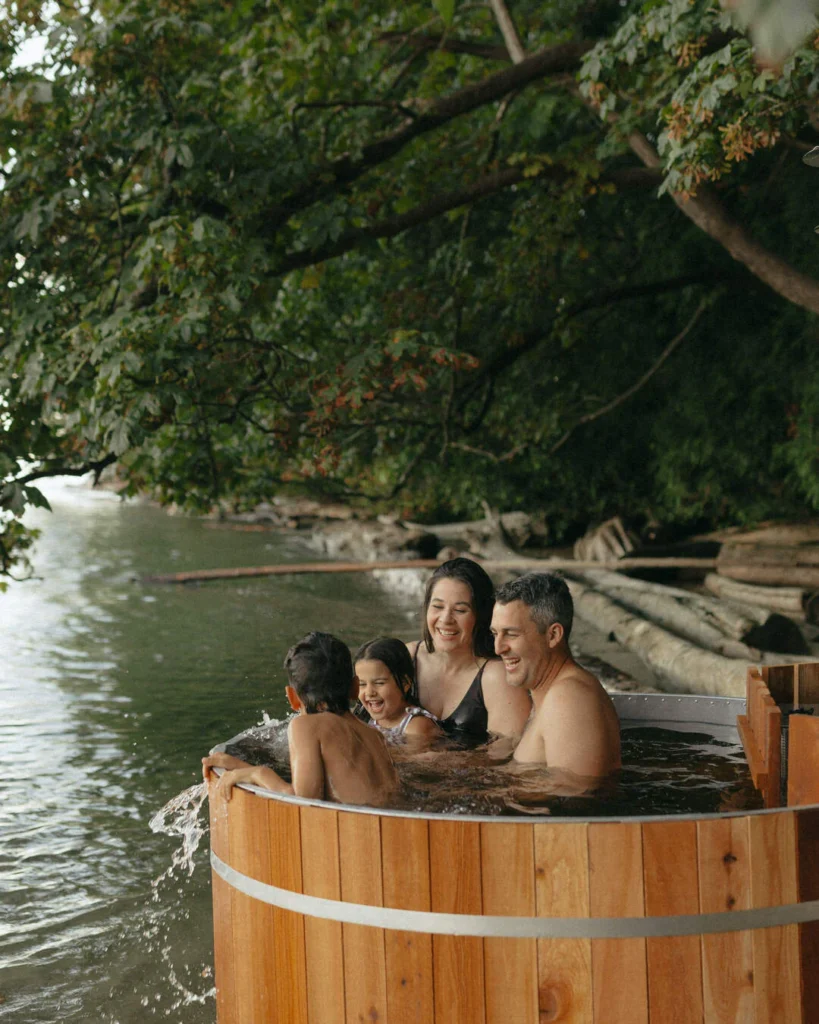
Making Your Space Feel Private
Nobody can relax when they feel exposed to neighbors or street traffic. Privacy screens don’t have to cost much though. Bamboo grows incredibly fast and creates natural barriers within a single growing season. You can also hang outdoor curtains between posts or trees for instant privacy that you can adjust as needed.
Wooden pallets from shipping companies often get thrown away, but they make excellent privacy screens once you clean them up and add some stain. Stack them, arrange them at angles, or even use them as planters with climbing vines.
The goal is creating boundaries that make your space feel separate from everything else. Even small barriers work because they signal to your brain that this area is different from the rest of your property.
Simple Lighting Changes Everything
Regular overhead lighting makes outdoor spaces feel harsh and unwelcoming. String lights completely change how a space feels once darkness falls. Solar versions mean no electrical work and no ongoing costs.
Small lanterns scattered around create pools of warm light that feel cozy rather than bright. Candles work too, but you need something to protect them from wind. Mason jars with holes punched in the lids make simple candle holders that won’t blow out.
Good lighting lets you use your space after sunset, which often ends up being the best time anyway. Cooler temperatures, fewer distractions, and that natural end-of-day feeling when your body wants to unwind.
Bringing Nature Into the Mix
Plants make any space feel more alive and peaceful. You don’t need a green thumb either. Herbs work great because they smell amazing and you can actually use them. Mint, basil, and lavender all grow easily and add natural scents that help you relax.
Container gardening means you can move things around until they look right. Pots also let you control soil quality and watering much easier than trying to improve existing dirt.
Water sounds help mask traffic noise and create that spa feeling. A small fountain doesn’t cost much, and even a simple bubbling pot setup gives you moving water sounds. Your brain associates moving water with peaceful places, so even small water features make a big difference.
Keeping Things Organized Without Stress
Clutter kills the retreat feeling faster than anything else. But storage doesn’t have to be complicated. Large weatherproof boxes work for storing cushions, towels, and seasonal items. They can double as extra seating when you need it.
Think about creating specific spots for different activities rather than one big mixed-up area. A reading corner with a small table for drinks. A conversation area near the fire. A quiet spot for just sitting and thinking.
When everything has a place, maintaining your space becomes much easier. Fifteen minutes of tidying per week keeps things looking intentional rather than messy.
Working With Small Spaces
Tiny backyards or even just patios can still work as retreats. The secret is choosing fewer things but making them count more. One really comfortable seating area beats three mediocre ones.
Vertical growing lets you have plants without using floor space. Folding furniture stores away when you need the area for other things. Multi-purpose items that work as storage and seating help small spaces do more.
Sometimes simple works better anyway. A couple of comfortable chairs, some string lights, and a few plants might be all you need to create that getaway feeling.
Making It Work Year-Round
The best backyard retreats work in different seasons, not just perfect summer weather. Simple wind barriers extend shoulder season use. Outdoor heaters or fire features make fall evenings comfortable.
Think about how you might use the space differently throughout the year. Spring mornings with coffee and a book. Summer evenings with friends. Fall afternoons soaking up the last warm sunshine. Winter days when you just need fresh air and a change of scenery.
Starting Small and Building Up
You don’t need to create everything at once. Pick one element that excites you most and start there. Maybe it’s seating, maybe it’s lighting, maybe it’s a water feature. Get that working well, then add the next thing.
Building gradually also lets you figure out how you actually use the space before committing to big purchases. You might discover you prefer morning use over evenings, or that you need more privacy than you initially thought.
